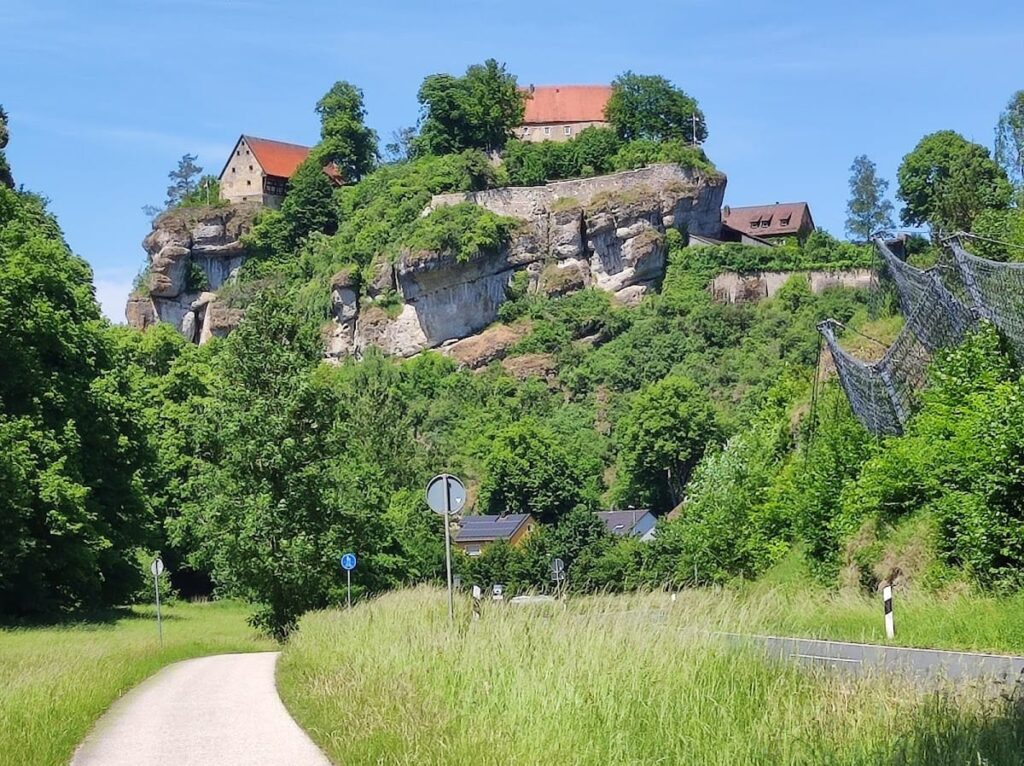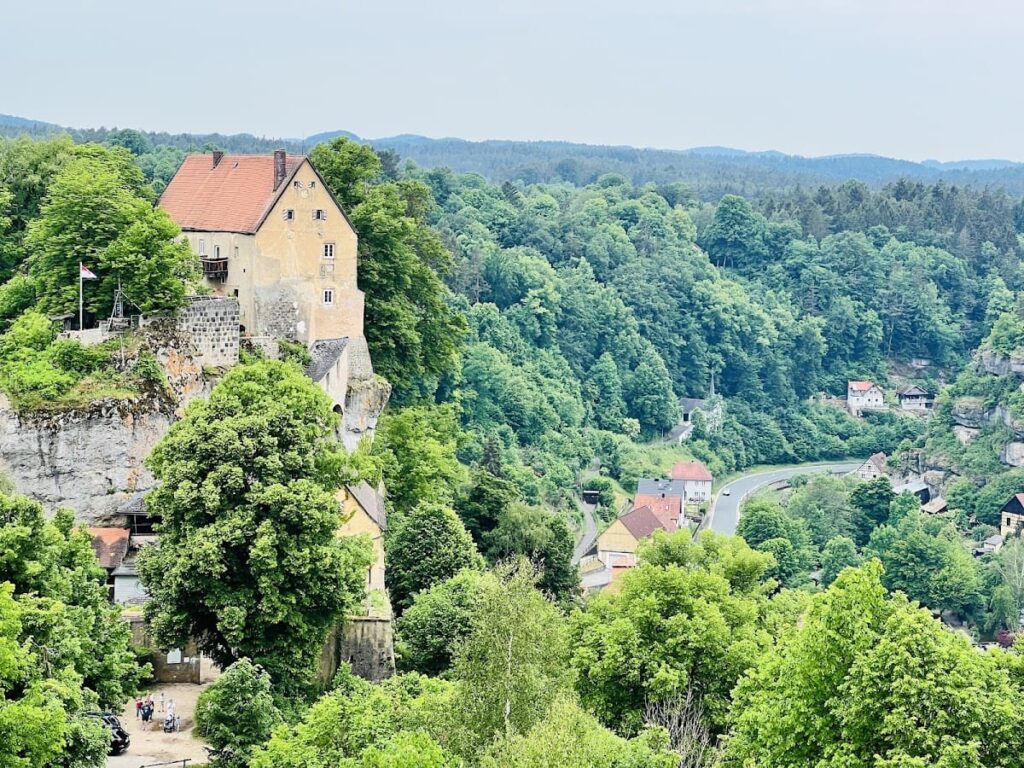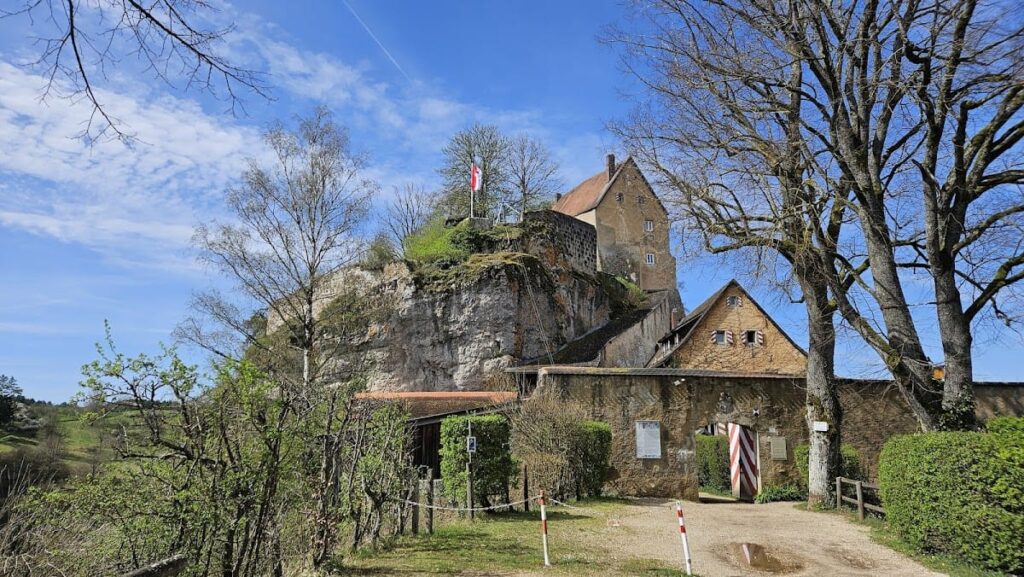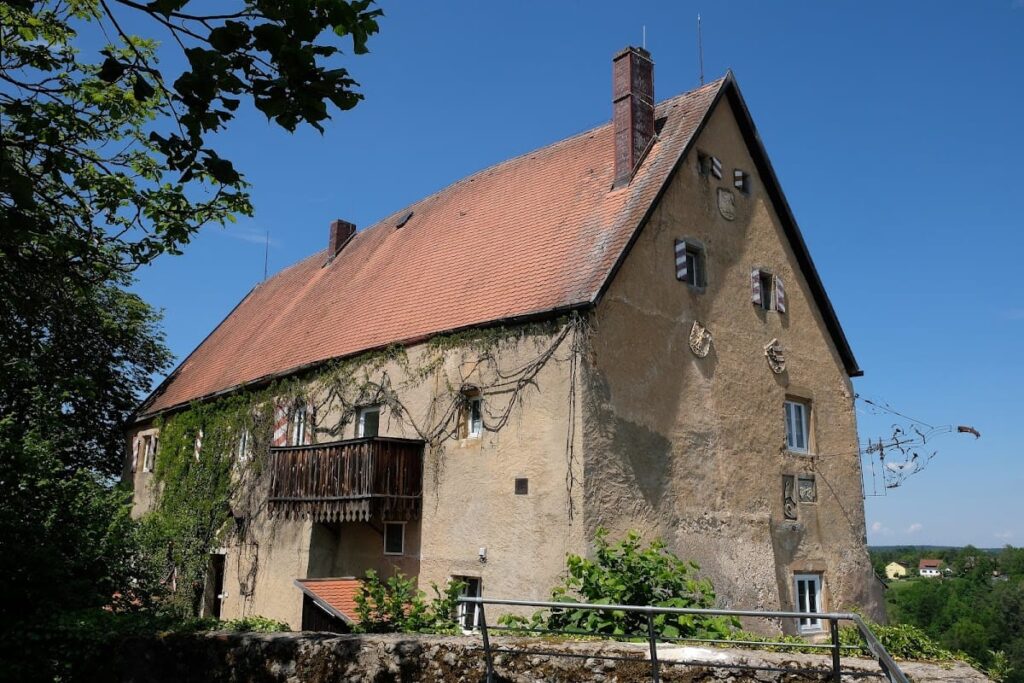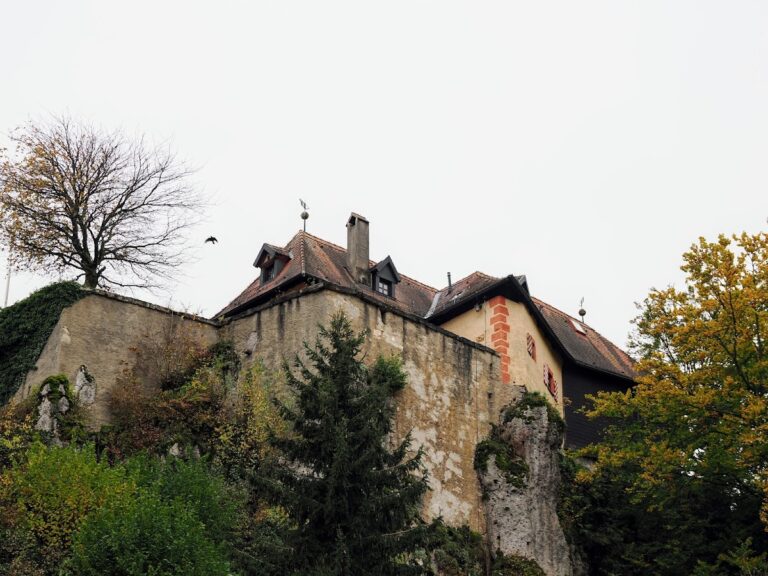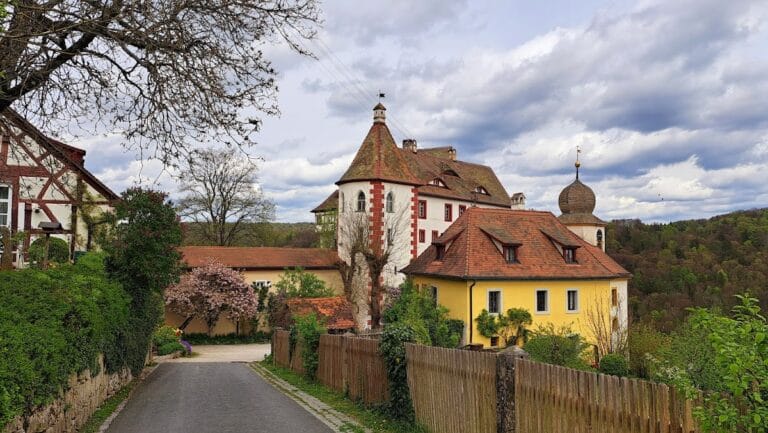Pottenstein Castle: A Historic Fortress in Bavaria, Germany
Visitor Information
Google Rating: 4.3
Popularity: Medium
Google Maps: View on Google Maps
Official Website: www.burgpottenstein.de
Country: Germany
Civilization: Medieval European
Remains: Military
History
Pottenstein Castle stands on a hill overlooking the town of Pottenstein in Bavaria, Germany. It was built between 1057 and 1070 by Boto, the younger brother of Count Palatine Aribo II. Boto took the title “Count of Pottenstein,” reflecting his control over the area. The castle was likely established to secure the region between the Upper Main and Pegnitz rivers. Before Boto’s ownership, the site belonged to Margrave Otto of Schweinfurt around 1050 and passed to his daughter Judith, who married Boto after her first husband’s death. An unconfirmed theory suggests King Conrad I founded the castle around 918, but no evidence supports this claim.
After Boto died in 1104 without heirs, the castle was sold to the Bishopric of Bamberg around 1102. Bishop Otto I lived there between approximately 1118 and 1121. The castle then became the seat of a ministerialis family—unfree knights serving the bishopric—who took the name von Pottenstein. Notable family members included Wezelo around 1121, Rapoto in 1169, Erchenbert from 1185 to 1221, and Conrad between 1240 and 1248.
From the early 14th century, Pottenstein Castle served as the administrative center, or Amt, for the Bishopric of Bamberg. It oversaw a large judicial district that grew by absorbing smaller offices until the mid-1600s. A vogt, or advocate, managed the castle from a house in the lower ward. By the 18th century, the vogt and later the pfleger (administrator) moved to buildings in the town due to the difficult climb to the castle.
The castle briefly housed Saint Elizabeth, Landgravine of Thuringia, during 1227–1228. Pottenstein survived the 1125 conflict between King Lothair III and anti-king Conrad III, although the town below was burned. During the 1525 Peasants’ War, peasants occupied and plundered the castle but spared it from destruction to maintain local protection.
In the Second Margrave War, margravial troops besieged and captured the castle on 18 May 1553. The upper ward chapel was destroyed and never rebuilt. During the Thirty Years’ War in 1634, Swedish forces attempted to seize the castle but failed when defenders raised the drawbridge after a trumpeter approached deceptively. The captured trumpeter was executed after forced conversion.
A garrison was stationed at Pottenstein during the War of the Spanish Succession (1703–1704). In 1703, an oven was installed in the dilapidated bergfried (main tower) for the soldiers. After 1712, the castle lost its military importance. Following secularization in 1803, the castle became Bavarian state property and fell into ruin.
In 1878, Heinrich Kleemann, a pharmacist from Nuremberg, bought the castle and began preservation efforts. After his death in 1890, the castle was abandoned again until 1918, when the von Wintzingerode family purchased and restored it. They maintain the castle as a private residence and museum, preserving its historical legacy.
Remains
Pottenstein Castle is a spur castle built on a west-facing hill spur at about 410 meters elevation. It overlooks the valleys of the Püttlach and Weihersbach rivers. The castle is primarily constructed from local stone and sits on a prominent rock outcrop recognized as a significant geological site by Bavarian authorities.
The castle complex includes an upper main building featuring several notable rooms. Among these are the Knight’s Hall, the Red Salon, and the Elizabeth Room, which is located in the former residential tower on the west side of the palas (main living quarters). These rooms reflect medieval and 16th-century architectural elements preserved through restoration.
Remnants of the bergfried, the main tower, survive despite its dilapidated state by the early 18th century. In 1703, an oven was installed inside the bergfried to serve the garrison stationed there. The castle grounds also contain a well house that displays collections of porcelain, glass, ceramics, and ethnographic objects.
The Vogteihaus, or advocate’s house, was situated in the lower ward and was known as the “Old Vogtei” by the 18th century. Due to the steep climb to the castle, the vogt moved to a town building remodeled between 1745 and 1749. The castle’s fortifications and structures have been stabilized and restored since the early 20th century under private ownership.
Today, visitors can see the upper main building, castle gardens with panoramic views, and the remains of the bergfried and other defensive works. The castle museum holds collections of weapons, books, autographs, and historical artifacts, including a room dedicated to Saint Elizabeth, commemorating her stay at Pottenstein.
